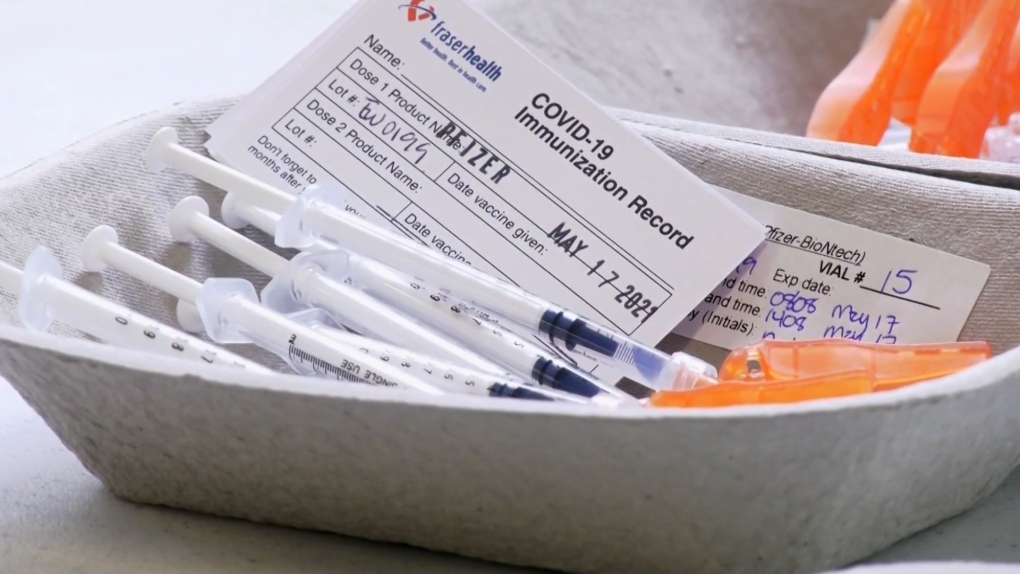
B.C. monitoring a handful of 'Scrabble variants' of COVID-19 found in province
CTV
They’re nicknamed “Scrabble variants” for the collection of letters identifying them, but there’s nothing fun about the new strains of the Omicron variant spreading around the world and detected in British Columbia labs.
They’re nicknamed “Scrabble variants” for the collection of letters identifying them, but there’s nothing fun about the new strains of the Omicron variant spreading around the world and detected in British Columbia labs.
Right now, half of all the variants reported in the B.C. Centre for Disease Control’s weekly update on variants of concern are simply labeled “other” in a literal grey area that’s a catch-all for several strains of COVID-19’s Omicron varietals, including some that are spreading with alarming speed in other parts of the world as scientists suspect vaccines and previous infections provide little protection.
“There's 20, 30, 40-plus of these sub-lineages so it'd be very difficult to mark them all out, and knowing which one is important each week is difficult,” said Natalie Prystajecky, one of the BCCDC’s top microbiologists. “In different parts of the world, different lineages are creating waves. You’ll see in Singapore XBB drove their wave, which is now on the decline, while in Germany it was BA.2.75.”
In a one-on-one interview with CTV News, Prystajecky explained that while very little lab testing of COVID-19 patients is still happening in the province, all the tests are sequenced to detect which variants are circulating. The BCCDC started detecting the BA.2.75 variant in June and has confirmed some 200 cases since then.
She said there are approximately 10 cases of the XBB strain, “a handful” of BQ.1 and a single case of BQ.1.1., which she described as posing “the greatest concern and does have a mutation that makes it more resistant or immune evasive.”
Across the country, infections are growing and hospitals are once again coming under increasing strain, though in British Columbia there hasn’t yet been significant growth this month.
Prystajecky emphasized that wastewater testing shows a slight increase in the level of virus in the community last month, but that it’s stabilized since then.





















 Run 3 Space | Play Space Running Game
Run 3 Space | Play Space Running Game Traffic Jam 3D | Online Racing Game
Traffic Jam 3D | Online Racing Game Duck Hunt | Play Old Classic Game
Duck Hunt | Play Old Classic Game